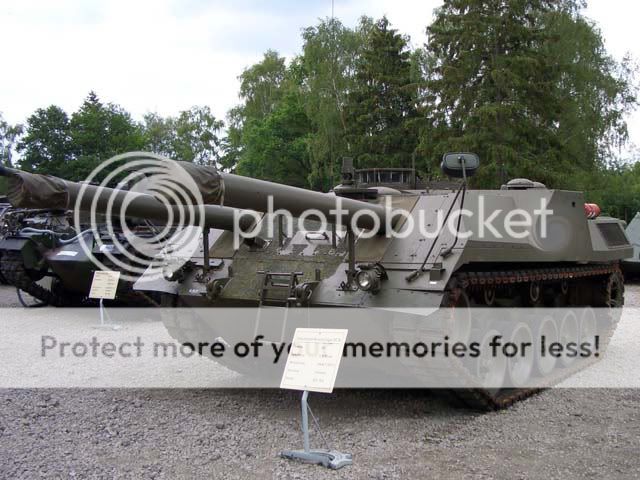

The gun was partially protected, and could be fully traversed only when the driver compartment armored panels were folded. Vickers T13 Type 1, first version of this prolific tank-hunter (32 units delivered). They were passed, in 1938, from the Chasseurs Ardennais to the Cycliste Frontiere regiment, and placed in fixed ambushing positions between Vivegnis and Lixhe (Meuse river western banks), firing some rounds on the Germans on 10. This early experiment was unsuccessful, as the hull was too light to cope with the muzzle blast and recoil of the gun. SA FRC 47 mm (1.45 in) mounted on a Carden-Loyd Mk.VI tankette.

This illustration is based on the Brussels army model on display at the Royal Museum of the Armed Forces in Brussels. 75 were still held in reserve in early 1939, and replacements were on their way in the form of the ACG-1 medium tanks. Some new tactics were developed during the interwar and refined, such as the “Blitzkrieg” which proved decisive and changed the way tanks would be used thereafter.

They fought in most battles of the Second World War, some of these have become legendary like Kursk, one of the largest armoured clashes in the history of mankind. From the snowy steppes of Russia to the soaky jungles of New Guinea, from the sands of Egypt to the grassy plains of Western Europe, the tanks were wherever soldiers were to be seen. Never in history have so many tanks and AFV’s been built and fought all around the globe.


 0 kommentar(er)
0 kommentar(er)
